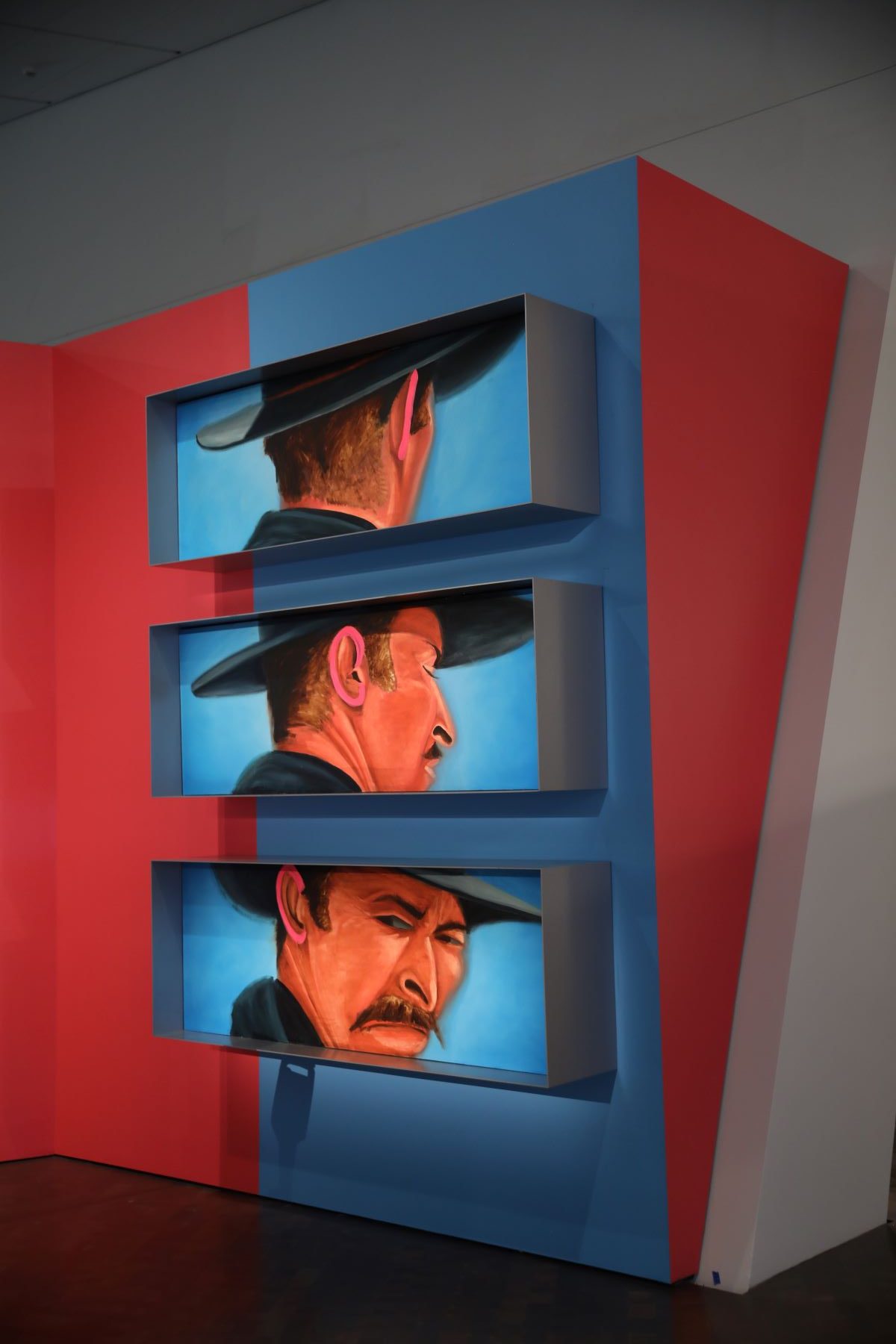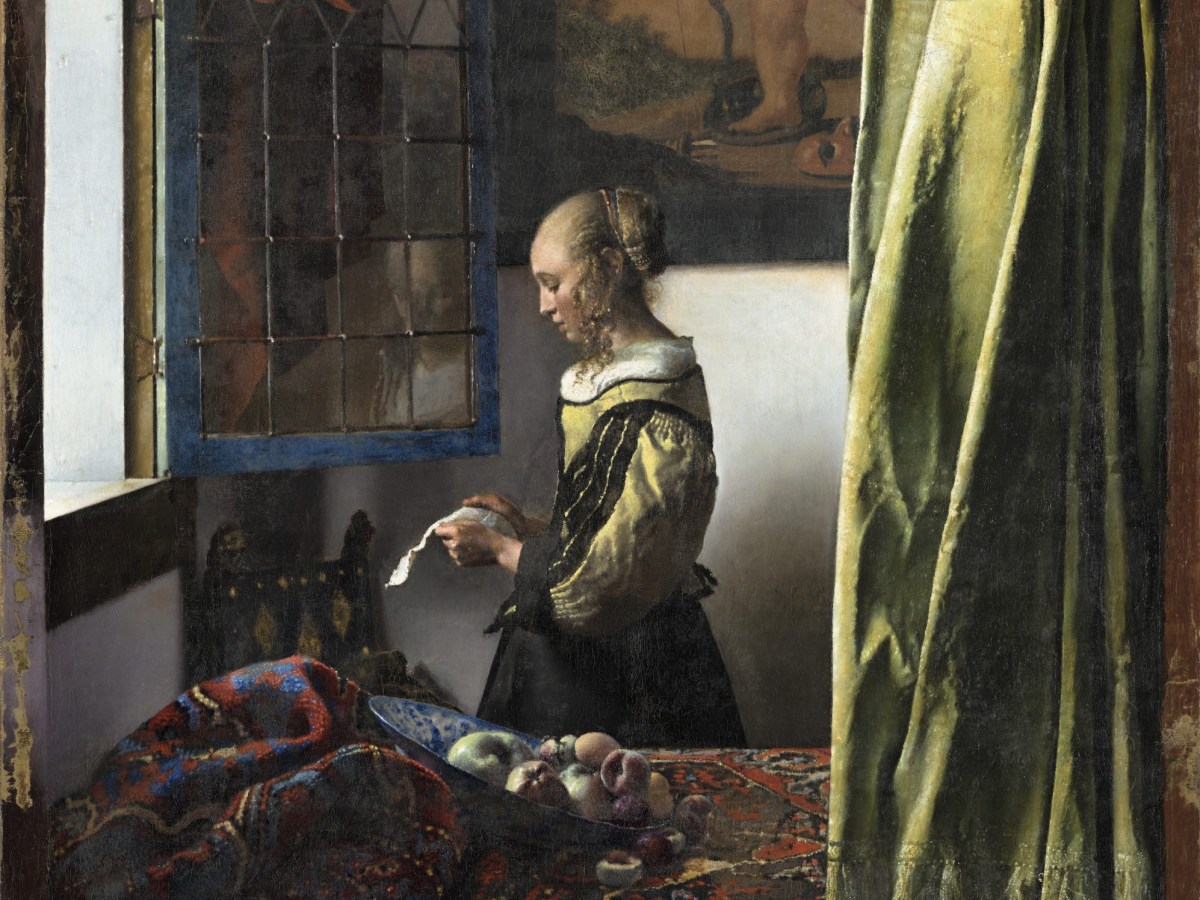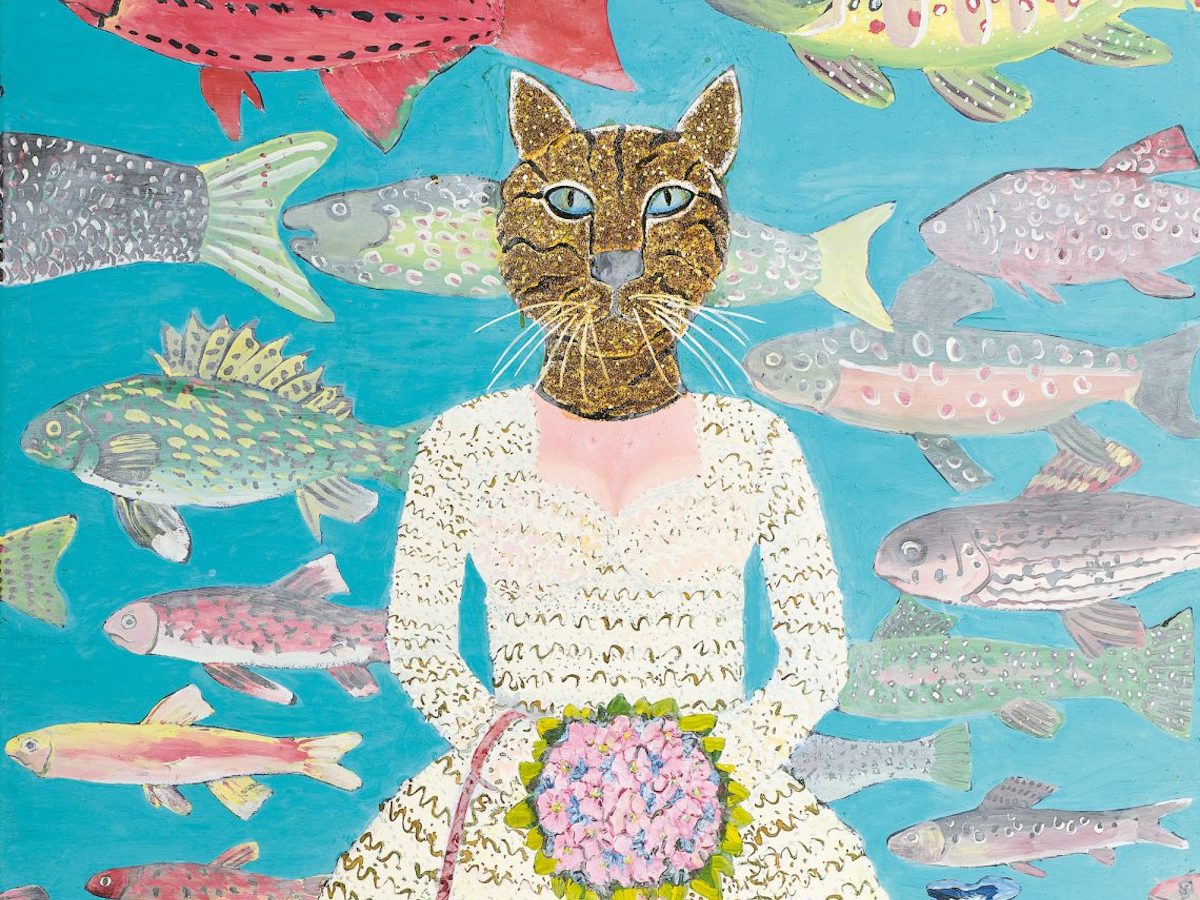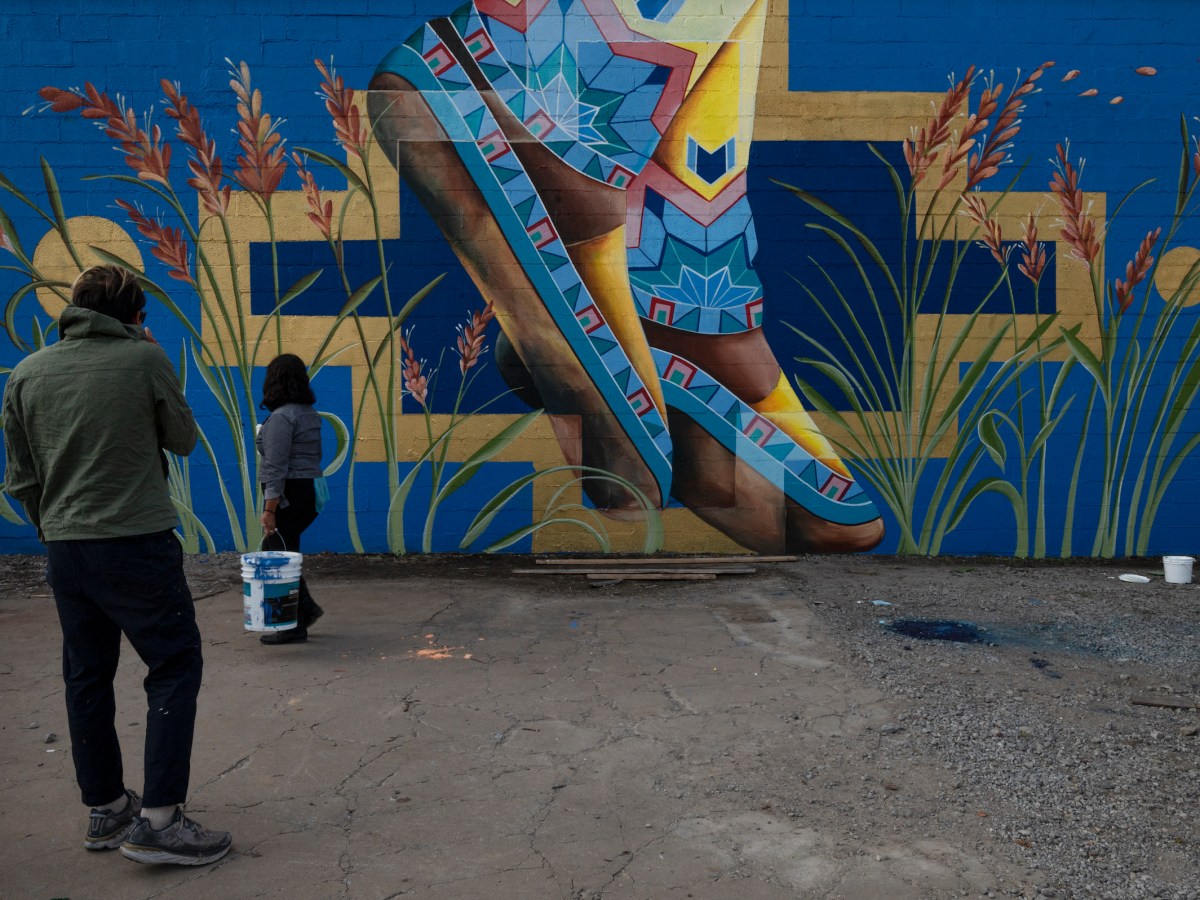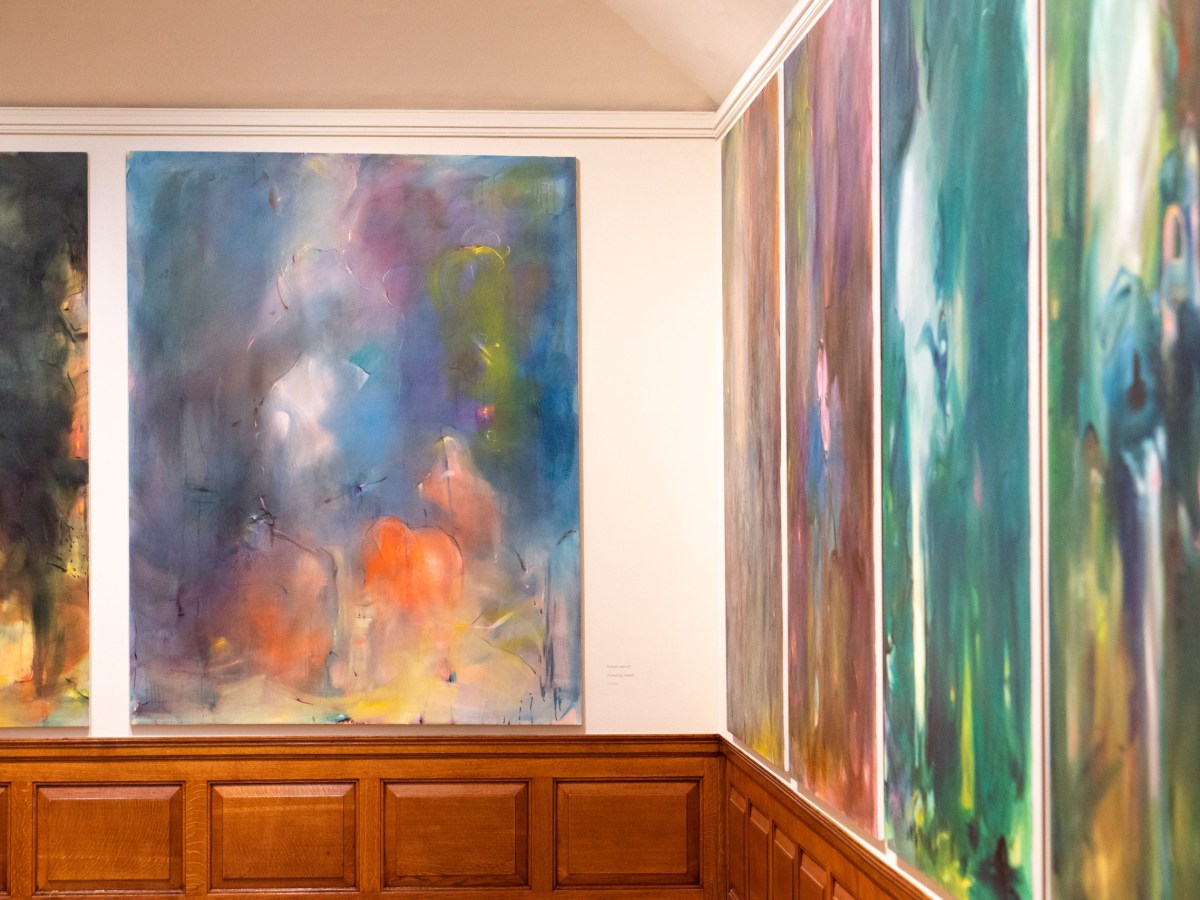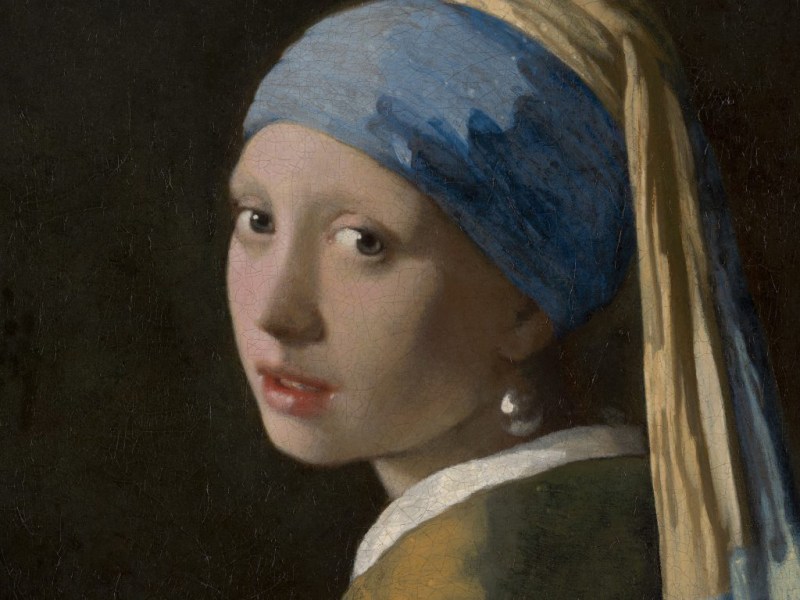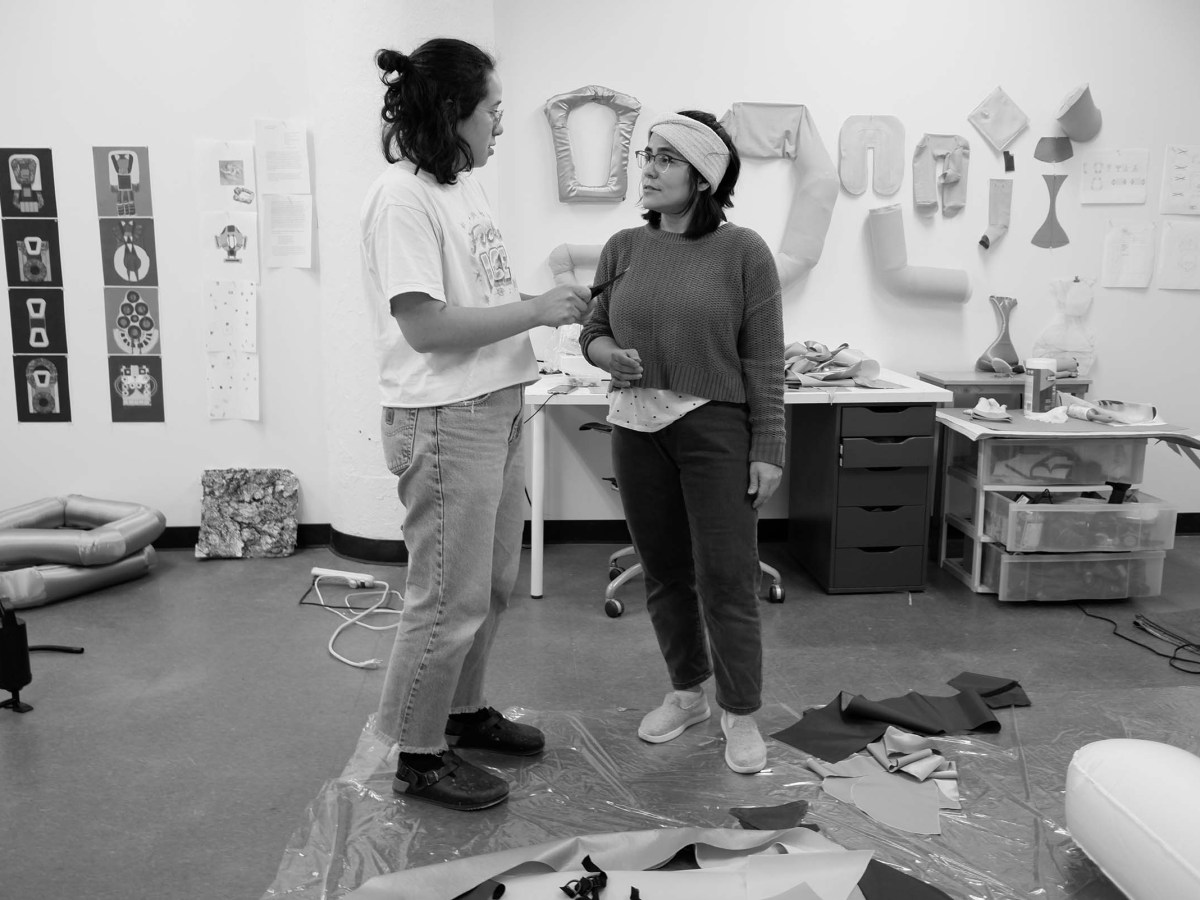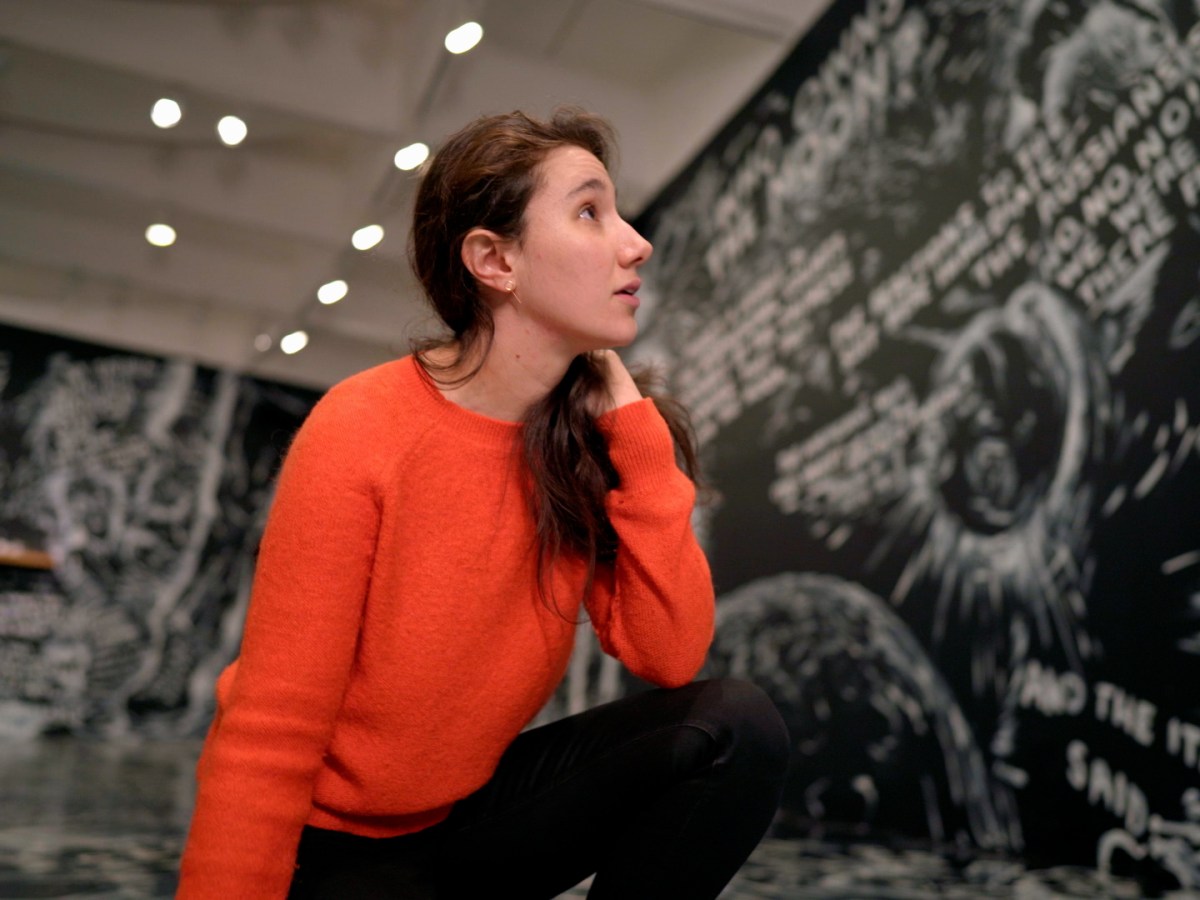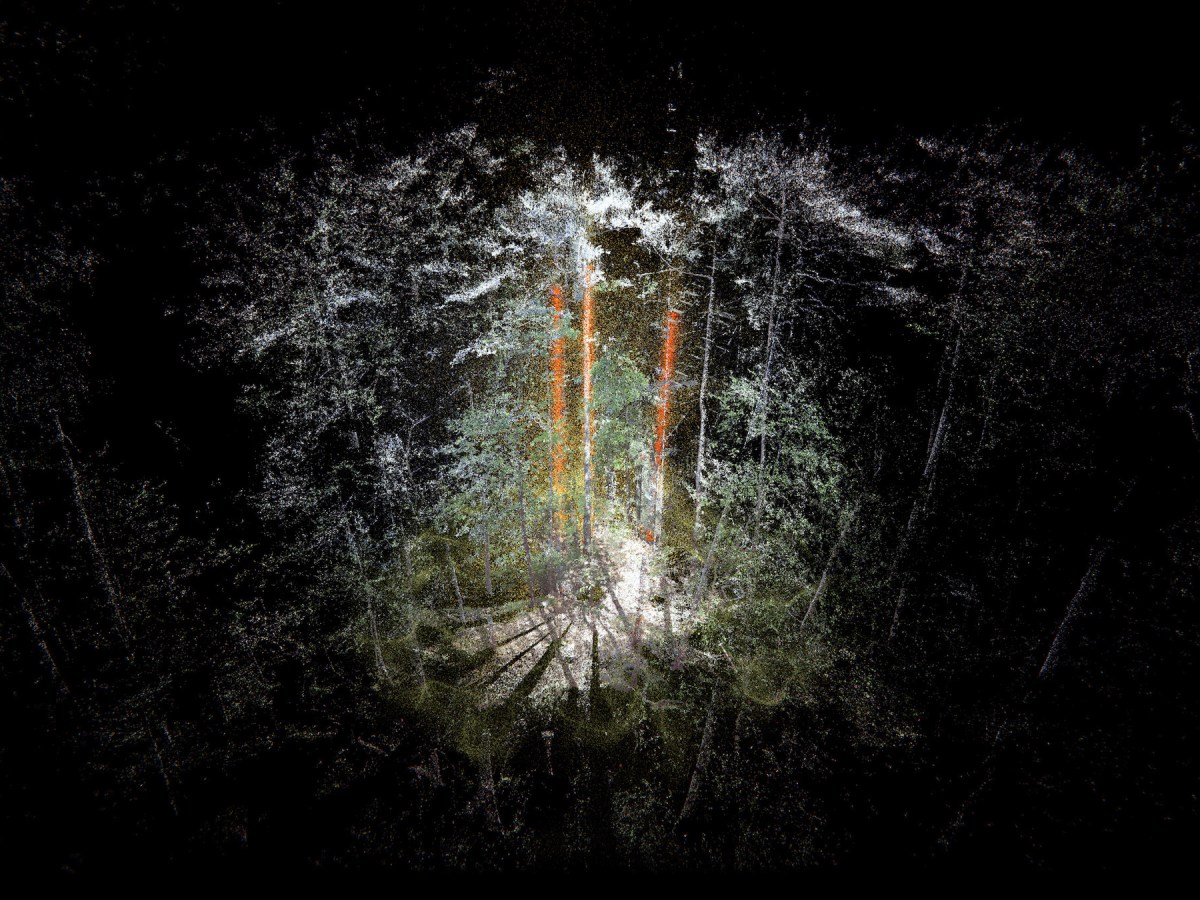The Brazilian proverb “Quem conta um conto, aumenta um ponto” translates to “who adds a tale, adds a point,” reminiscent of the telephone game many of us played as children. The game wasn’t just about a moment of play; it illustrated how quickly a message could be distorted from person to person. Who tells a tale adds a tail: Latin America and contemporary art on view at the Denver Art Museum, names and playfully explores this paradox and is the first major exhibition curated at the museum by inaugural Associate Curator of Modern and Contemporary Latin American Art Raphael Fonseca, who currently resides in Rio de Janeiro, Brazil.
As we relay observations from one person to another, or one culture to another, the core understandings are often mangled, sometimes so much so that true meaning is completely lost. Though the game of telephone is a simplified way of understanding the complexities of sharing Latiné art, it examines the difficulties of when those artists explore diversity within their own stories and how they chose to visually depict their experiences. The exhibition is an exploration straight from the “horse’s mouth” without conforming to external expectations. With works by 20 artists from all over Latin America, the diaspora, and the Caribbean, the exhibition explores what Latinidad means in the context of global hegemony.
Yuli Yamagata’s “Pajama Spiders” (2022) makes immersive use of the unique architecture in the galleries. Her otherworldly spider-filled dreamscape effortlessly accentuates and unites with the captivating architectural geometry by focusing on the tension between fear and beauty. Fabric legs hang from the walls and ceilings, and the creatures crawl on hands, in bare feet, and in battered shoes to bring the dreamlike figures into what could be considered a nightmarish fantasy.
Tessa Mars’s main body of work is centered on her alter ego, Tessalines, a hybrid character based on Jean-Jacques Dessalines, the leader of the Haitian revolution. Through Tessalines, Mars investigates gender, history, and traditions, and she challenges dominant narratives that seek to simplify and flatten the experience of people in the “margins.” “Travelling Root I & II” (2022) do not specifically showcase that the artist is from Haiti; she is not explicitly or didactically commenting on her culture. Instead, her acrylic works come across as unapologetic yet welcoming, with their warm palettes that ease the viewer in as they begin unfolding what may lie beneath the surface.

Alan Sierra’s mixed media installation “Club Descreto (Discreet Club)” (2022) also incorporates the museum’s sensational architecture and uneven rooms with vaulted ceilings and opposing angles, which can easily distort reality. The neon works that surround the tables, chairs, and microphone harken back to the lost art of neon signage but also remind me of humid summer nights in Miami as many drowned their true selves in the club scene. “Club Discreto” is designed to host oral recitations of homoerotic literature written in Spanish. A recording of the anthology read by the artist is played on loop, taking poetry readings into a multifaceted cultural space with multisensory experiences.
Though Who tells a tale adds a tail can not bring forward the perfect idea of what Latin American or Caribbean art is, it dispels the fantasy that US society clings to, consumed by ideas of borders and the complex disarray of the imposition of these boundaries, whether because of nationality, religion, or sexuality. The exhibition explores fragments of Latin American and Caribbean arts’ richness and the possibilities it can bring to audiences, without resting on ethnographic interpretations which, in an attempt to homogenize the work into a singular “authentic” narrative, have been socially ingrained in the masses as fundamental to our visual culture.

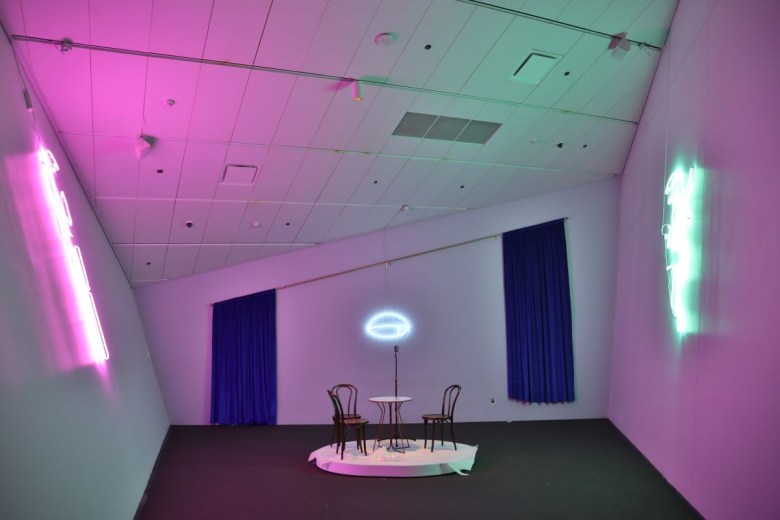
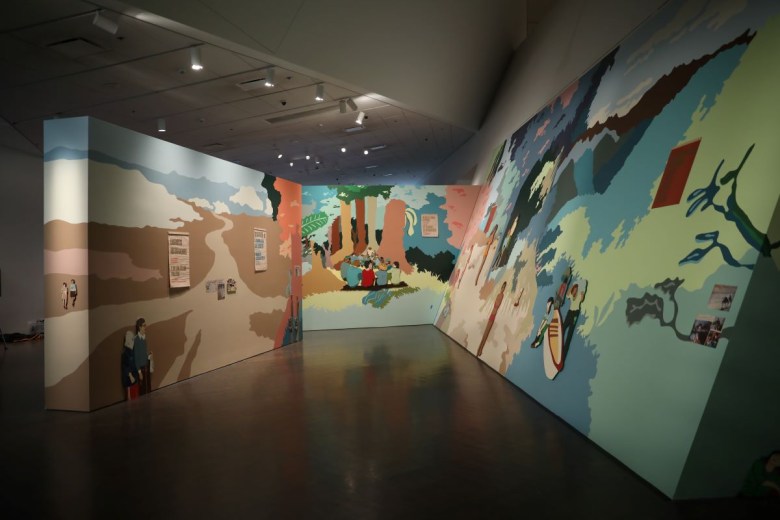
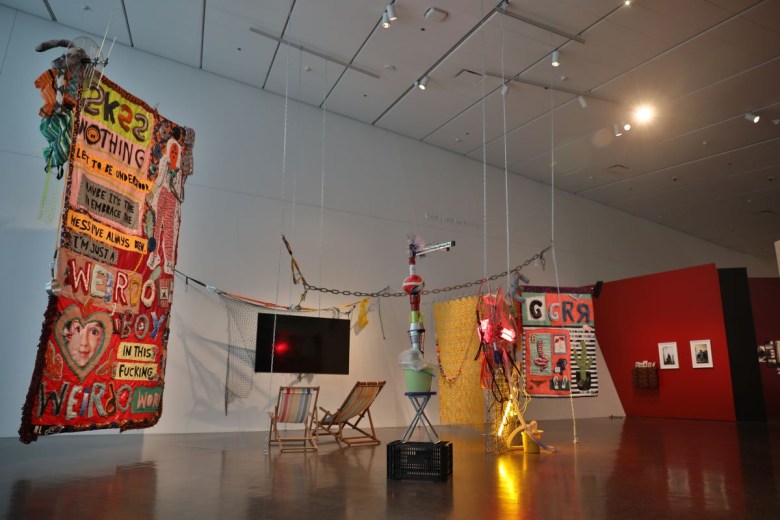
Who tells a tale adds a tail: Latin America and contemporary art continues at the Denver Art Museum (100 W 14th Avenue Parkway, Denver) through March 5. The exhibition was curated by Raphael Fonseca.

